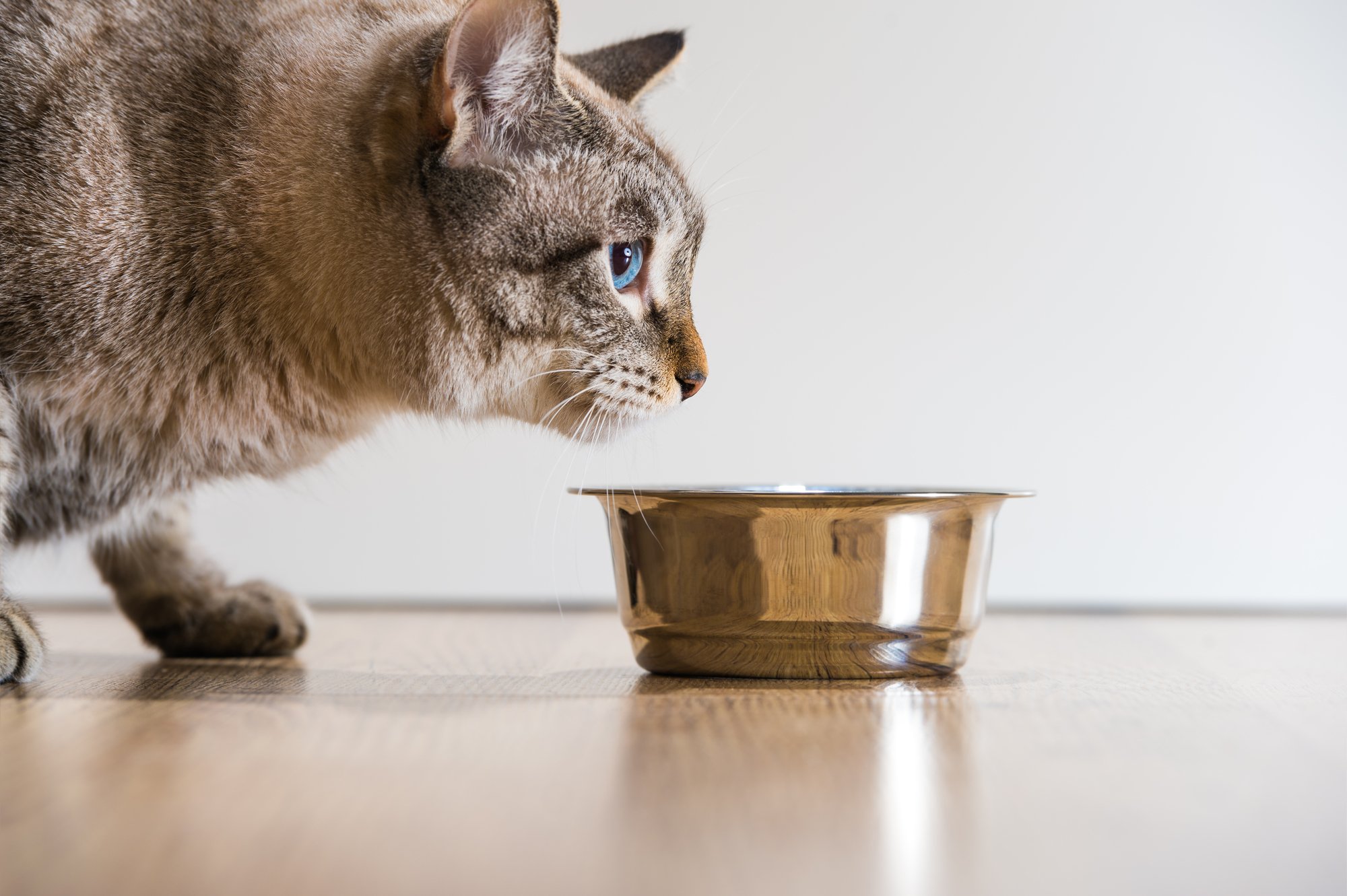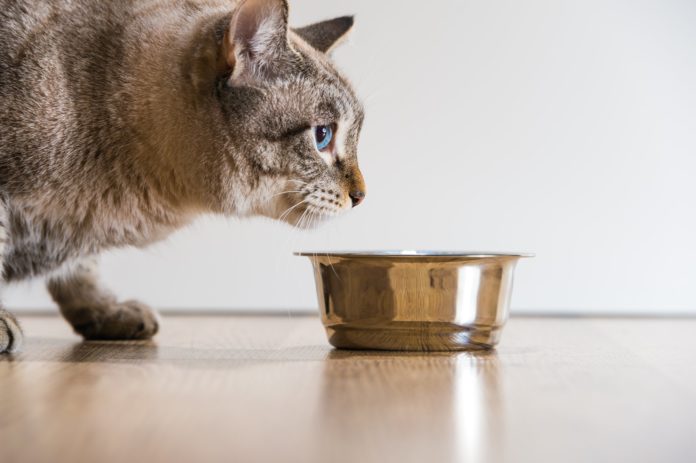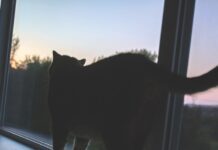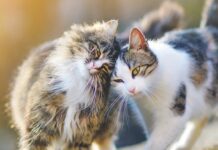HASLOO | Deposit Photos


The American Association of Feline Practitioners (AAFP) recently released a consensus statement called “Feline Feeding Programs: Addressing Behavioral Needs to Improve Feline Health and Wellbeing” to address medical, social, and emotional problems that can result from the manner in which most cats are currently fed. It was published in theJournal of Feline Medicine and Surgery and transformed into a handout for cat owners.
What we feed our cats is very important, but so is how we feed them. How we feed our cats can affect them physically and emotionally.
All cats are carnivores (meat eaters), so they have a strong hunting instinct. They also prefer to eat alone and receive multiple small meals daily.
Satisfying these needs will make your cat happier, healthier, and avoid over or under feeding. This may include using puzzles or automatic feeders and, in multiple cat homes, arranging food and water to reduce stress among your cats.
“Currently, most pet cats are fed in one location ad libitum, or receive one or two large and usually quite palatable meals daily. In addition, many indoor cats have little environmental stimulation, and eating can become an activity in and of itself,” says the statement’s chair, Tammy Sadek, DVM, DABVP (Feline). “This current type of feeding process does not address the behavioral needs of cats. Appropriate feeding programs need to be customized for each household and should incorporate the needs of all cats for play, predation, and a location to eat and drink where they feel safe.”
The statement emphasizes that we not only need to feed our cats quality food, but also recognize normal feeding behaviors of cats, such as hunting, foraging, and eating meals alone. By allowing our cats these normal feeding behaviors regularly, we can help alleviate or prevent stress-related issues such as cystitis and/or obesity-related problems such as inactivity and overeating. Reducing stress with appropriate feeding programs can also help anxious cats, who in an attempt to avoid other pets in the household, may not access the food frequently enough and may lose weight.
The statement highlights feeding preferences of cats, proper environment, and efforts to avoid under feeding or over feeding. It discusses the importance of different feeding programs, which should be designed to consider whether cats are indoor-only or have outdoor access, live in multi-pet households, or are aged or debilitated. Recommendations include frequent small meals, forage feeding, multiple food and water stations, automatic feeders, and appropriate puzzle feeders.
For example, the statement says, “Using puzzle feeders and even hiding kibbles around the home increases activity and provides mental and physical stimulation. There are many types of puzzle feeders you can buy or easily make at home. Puzzle feeders vary in their complexity, can be motionless or rolling, and can be designed for dry or wet foods. Always start with simple puzzle feeders first because your cat needs to learn how to use them.”
You can download the entire handout at catvets.com/howtofeedcats. n
Sadek et al.Feline Feeding Programs: Addressing behavioral needs to improve feline health and wellbeing.Journal of Feline Medicine and Surgery, 2018; 20 (11): 1049




